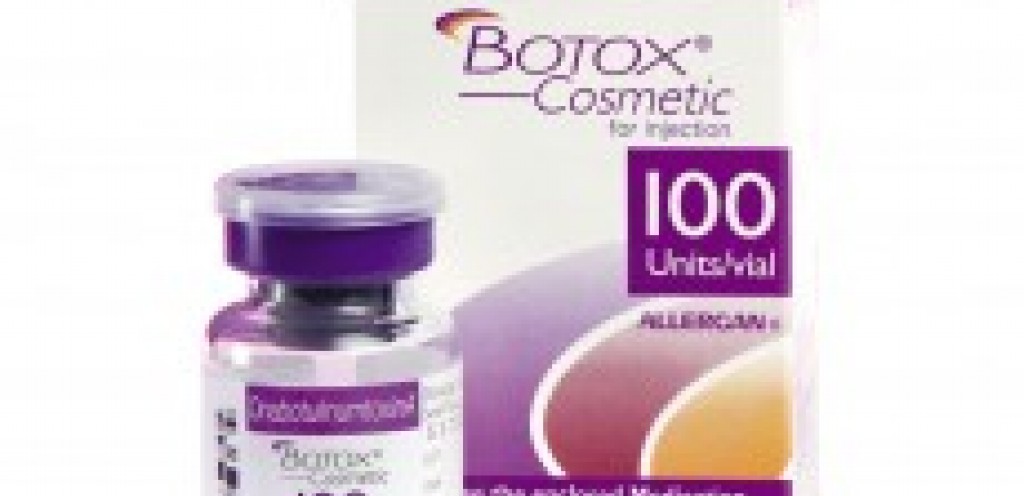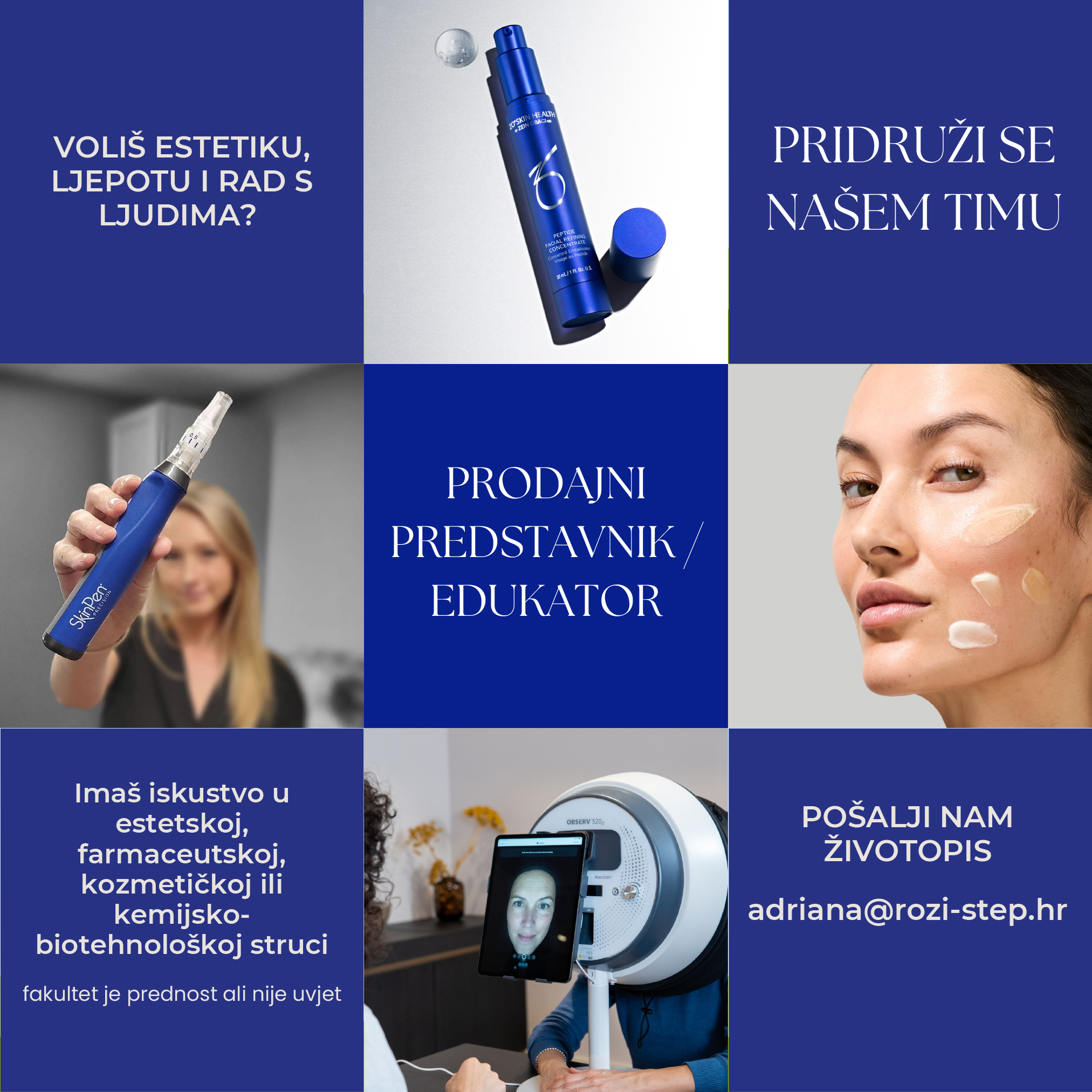 Moja Ortopedija Rozi Step
Moja Ortopedija Rozi Step

BOTOX® vs. Dysport
It used to be, when you asked a doctor for Botox®, you got Botox. That’s because Botox was first in the market and had no competition. These days, that’s all changing. The FDA has approved Dysport®, a new anti-wrinkle injectible also made from botulinum toxin. Should you ask your doctor to make the switch? That’s an important question, so let’s face the facts.
Dysport is a little different from Botox, but also safe and effective. It spreads a little more after it has been injected. The advantage is that if large areas (like your forehead) need injection, theoretically it requires fewer injections, thereby reducing discomfort.
The best thing to do is to find out what the experts have to say, and ask your physician to discuss it with you. The FDA requires drugs like Botox to carry a warning label, saying that the drug may spread from the injection site to distant parts of the body, and can have serious side effects, such as problems swallowing or breathing. While anything is possible with botulinum toxin, problems are less likely with Botox when it is used for cosmetic treatments. They’re of greater concern when Botox is used to treat spastic muscles of the eyes and other systemic usage.
Once popular Botox parties are still around. The hostess usually gets her treatment for free, compliments of the doctor, and the doctor hopes to meet some new clients—it can be a marketing tool. But for the patient, is it worth the risk? In our opinion, the risk of complication is too high, and doctors should give Botox injections under the right lighting and sterile clinical conditions, and in the privacy of their own office. So skip the parties, and come to the clinic.
When it comes to Botox or Dysport, be informed. Before you make a decision, talk to your dermatologist or plastic surgeon about what is best for you.


